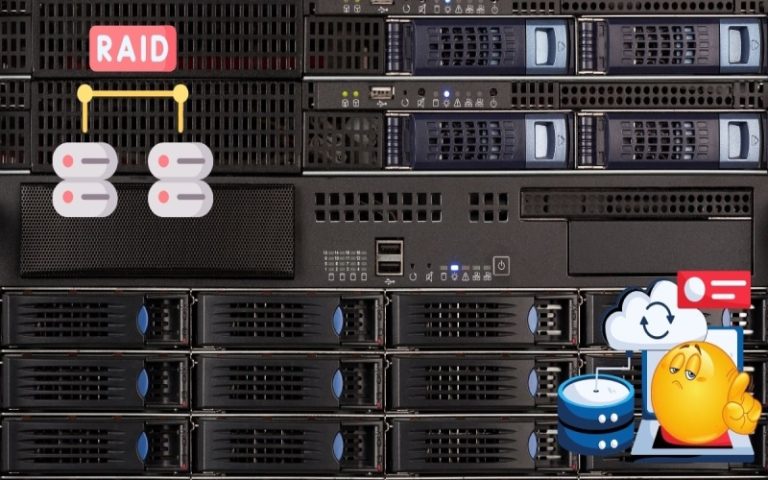Streamlining Form Processing with OCR Data Entry Capabilities

Is your team still spending hours entering information from paper forms into digital systems?
From customer onboarding documents and medical intake sheets to feedback forms and invoices, manual data entry continues to slow down operations, introduce errors, and delay decision-making.
Businesses across industries face a growing need to digitize and process form-based data quickly and accurately. The challenge lies not just in converting paper to digital, but in doing so in a scalable, structured, and error-free manner. This is where OCR data entry plays a pivotal role.
OCR, or Optical Character Recognition, has evolved into a critical technology that enables fast and efficient extraction of data from scanned forms. It goes beyond simply digitizing documents—it enables organizations to transform raw, unstructured data into usable digital content with minimal human effort.
In this blog, we’ll explore how OCR data entry technology is revolutionizing form processing, the key benefits it offers, and how to implement it effectively across business functions.
Understanding OCR Data Entry
OCR data entry refers to the process of using Optical Character Recognition technology to extract and digitize text from printed or handwritten forms. The scanned forms are passed through OCR software, which detects text, numbers, and form layouts, and then converts them into structured digital data.
Unlike traditional scanning, which results in static image files or PDFs, OCR technology recognizes characters and patterns, enabling automatic data entry into databases, spreadsheets, or enterprise systems.
For example, a printed customer registration form with fields like name, address, phone number, and date of birth can be scanned using OCR software. The software identifies each field, extracts the content, and maps it into a structured format that can be instantly stored or analyzed.
Why Manual Form Processing Falls Short
Despite widespread digitization, many organizations still rely on manual form processing due to legacy systems, compliance requirements, or the sheer volume of paper documents. However, manual methods are inefficient and prone to several problems:
- Time-Consuming: Manually entering form data is labor-intensive and delays downstream tasks.
- Prone to Errors: Human error in transcribing data leads to inaccuracies that affect analytics, compliance, and customer satisfaction.
- Expensive: Labor costs for data entry teams can add up, especially when processing large volumes of forms regularly.
- Inconsistent Formats: Paper forms come in various layouts, which can confuse manual processors and lead to inconsistent records.
OCR data entry automates these workflows, helping businesses save time and money while significantly improving data quality.
How OCR Enhances Form Processing Workflows
Modern OCR data entry systems do more than just read characters—they intelligently analyze form layouts, identify relevant fields, and extract data with precision. Here’s how OCR fits into a typical form processing workflow:
1. Scanning and Uploading
Paper forms are scanned into digital format or received as image files or PDFs. These inputs are then passed to the OCR system.
2. Layout Recognition
OCR software detects the structure of the form—titles, input fields, checkboxes, tables, and labels—using predefined templates or adaptive recognition algorithms.
3. Text Extraction
The system reads printed or handwritten text and numbers, interpreting them based on character shapes, context, and formatting.
4. Data Structuring
Extracted data is classified into appropriate fields and formats, making it suitable for insertion into databases, CRMs, ERPs, or cloud storage.
5. Validation and Review
Many OCR systems include automated validation rules to catch anomalies, and offer interfaces for human review when needed—especially for critical or unclear entries.
Benefits of Using OCR Data Entry for Form Processing
Improved Efficiency
OCR automates the repetitive task of reading and inputting form data. What used to take hours now happens in minutes—freeing up staff for more strategic tasks.
Greater Accuracy
Advanced OCR algorithms can reach accuracy rates over 95% when documents are clear and properly formatted. Built-in validation further reduces the chances of error.
Cost Reduction
Fewer resources are needed to handle data entry, significantly lowering operational costs over time—especially in industries like healthcare, finance, and logistics.
Scalability
As document volumes grow, OCR systems can scale effortlessly to handle thousands of forms without additional headcount.
Faster Access to Data
With OCR, form data becomes available in real time for reporting, analysis, or automation—improving business responsiveness and customer experience.
Use Cases Across Industries
OCR data entry is a versatile tool with applications in nearly every sector. Some common use cases include:
- Healthcare: Patient registration forms, consent forms, insurance claims, and lab test requisitions are processed faster and stored digitally for easy retrieval and compliance.
- Banking and Finance: Loan applications, KYC forms, and transaction receipts are digitized and fed into internal systems to accelerate approvals and reduce risk.
- Education: Enrollment forms, exam applications, and student feedback forms are efficiently processed and stored with minimal administrative overhead.
- Retail and E-commerce: Customer feedback, return forms, and delivery receipts are digitized to support analytics and operational tracking.
- Government Services: Forms related to applications, licenses, and registrations are scanned and processed digitally, improving transparency and public service delivery.
Features to Look for in OCR Data Entry Tools
Not all OCR tools offer the same capabilities. If you’re planning to adopt OCR data entry for form processing, consider these important features:
- Support for Structured and Semi-Structured Forms: Choose software that can handle fixed-layout forms as well as documents with variable formats.
- Multilingual Recognition: For organizations operating in diverse regions, the ability to read multiple languages is critical.
- Handwriting Recognition: Some OCR systems offer intelligent handwriting interpretation, useful in industries like healthcare and field service.
- Integration with Business Systems: Ensure your OCR solution can connect to your existing CRM, ERP, or cloud platforms to create seamless workflows.
- Validation and Exception Handling: A robust OCR tool should flag low-confidence fields and allow manual review where necessary.
- Cloud or On-Prem Deployment Options: Depending on data privacy needs, you may opt for an on-premise deployment or a cloud-based solution for easier scalability.
Implementing OCR Data Entry in Your Organization
To implement OCR effectively, begin with a clear plan and phased approach:
Audit Current Form Workflows
Map out existing form types, volumes, and processing methods to identify the most time-consuming or error-prone areas.
Select the Right OCR Platform
Choose a tool that fits your use case—enterprise-level systems for large organizations, or lightweight tools for small and medium businesses.
Train and Test
Start with a pilot run using a subset of forms. Train staff on how to prep documents for scanning, and monitor system performance.
Refine and Scale
Based on pilot results, refine templates, rules, or integrations. Gradually roll out the solution across departments or form types.
Challenges to Consider
While OCR data entry is highly beneficial, it’s important to understand its limitations:
- Poor-quality scans or illegible handwriting can reduce accuracy.
- Highly variable or complex layouts may require customized templates.
- A learning curve exists for teams unfamiliar with digital document management.
These challenges can be addressed with proper document preparation, user training, and the use of AI-enhanced OCR tools that improve over time.
Conclusion
In today’s fast-paced business environment, organizations can no longer afford to waste time on manual form processing. By adopting OCR data entry, companies can automate a once-tedious task, improve data quality, and gain faster access to critical information.
Whether you’re handling hundreds or thousands of forms a month, OCR helps you process them faster, more accurately, and at a lower cost—unlocking better workflows and smarter decisions.
If you’re still relying on manual data entry for forms, now is the time to streamline your processes with the power of OCR. Book a demo with Docsumo now.






